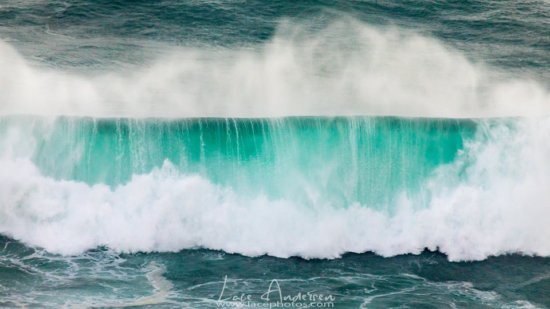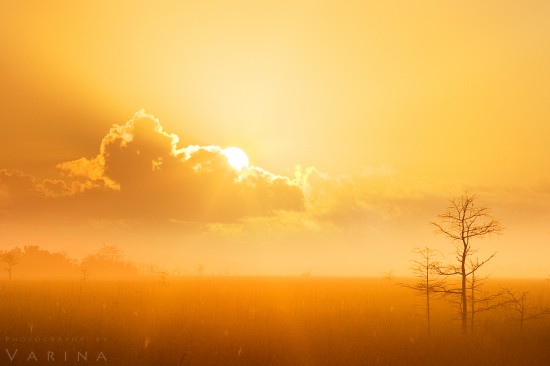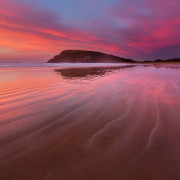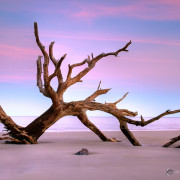4 Ideas for Minimalist Landscape Photography Compositions
There is nothing more calming than simplicity among the visual distractions that we see on a daily basis. Our minds are overloaded with the content to which we are exposed. I find myself pausing and taking a deep breath when I see a simple yet dynamic photograph. Minimalist approach to landscape photography composition can elicit strong emotional responses. Isolating a person’s mind to focus on one single component almost causes a sensory deprivation effect. Suddenly the viewer can almost feel textures. They can strongly experience a singular emotion, causing them to pause and focus on an image. Landscape photographers can be achieved by using the following techniques in your photography workflow.
Focus on small parts of a Landscape
Look for hidden opportunities in when photography a landscape scene. Go beyond the obvious photography composition and focus on the less distracting elements. At first, eliminating unnecessary elements may be challenging. Take the time to focus on the areas that catch your eye. Spend some time examining a location you are trying to photograph and looking at the “big” and “small” picture. Sometimes I see these scenes when I replace my wide angle lens with a telephoto lens. It forces my mind to search out components instead of a grand scene. Also try isolating one object. If you are shooting a giant mountainscape, maybe just focus on one tree that has amazing light on it.
Look for Contrast
Landscape photographers should look for a degree of difference between tones in the scene they are trying to capture. This contrast can be either a contrast in light and dark or a contrast in applied emotions. Make sure there are no other elements in your landscape photo besides the items that show contrast. A live tree next to a fallen dead tree is an example. Look for an object that is both bathed in light and shadow. The following dune photograph is a contrast in both light and dark as well as patterns. One side of the dune was in the sunlight and the sand was windblown. The other side was in shadow, and the sand formed a different pattern. I took this while standing on the apex of a dune.
Focus on Texture & Patterns
Another way for landscape photographers to simplify a landscape photo is to fill the view finder completely with texture or patterns. Make an entire shot about that one texture. Tree bark or cracked mud are great examples of this. Search for repeating patterns in nature photography is a remarkably effective to create minimalist photography compositions. Spirals and lines are frequently found if landscape photographers take the time to look for them. You can also find textures and patterns in both static and dynamic elements. A flock of birds taking off photographed with a long shutter speed or flowing water over rocks in a river are possible options.
Simplify your Color Palate
Landscape photographers can also look for areas that have a pleasing similar color palette to create a minimalist photography composition. For example you can capture something all in blues like the ocean or the sky. You can create some interesting landscape photography abstracts with scenes that have colors in the same range. The following image was taken of a wave crashing on a cliff. The water splashing had some interesting hues in it that made a great minimalist landscape photography composition.
Here are some more minimalist landscape photography example Visual Wilderness created using a simple color scheme
Next time you are out taking landscape photos, pause for a second and think about trying a minimalist approach to photography composition. These images can be far more dynamic than a general landscape image and have a stronger emotional connection with your viewers.
What other tricks do you use to capture minimalist landscape photography composition? Feel free to share your ideas in the comments below.















